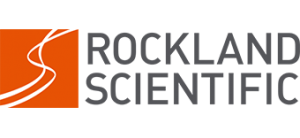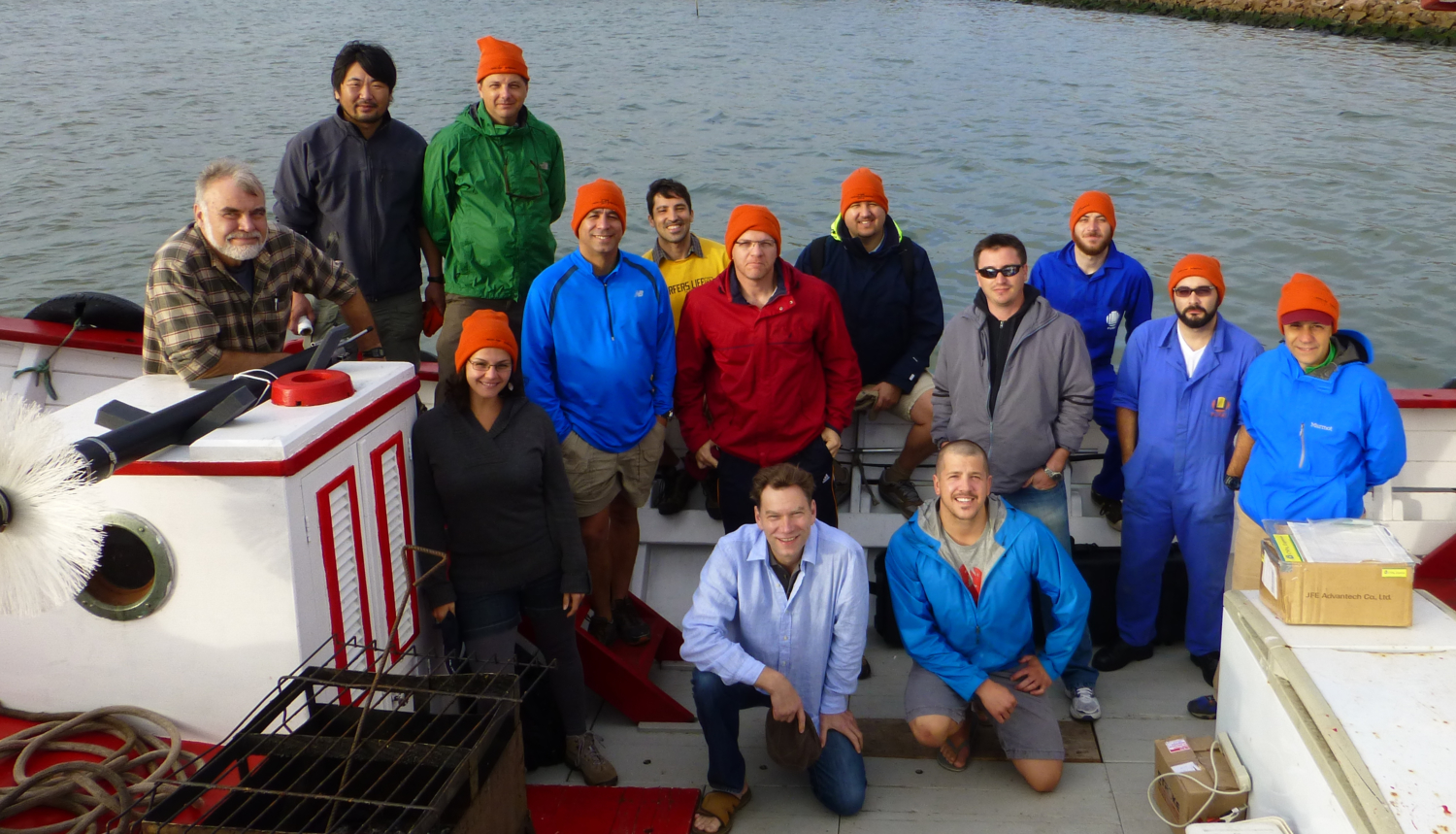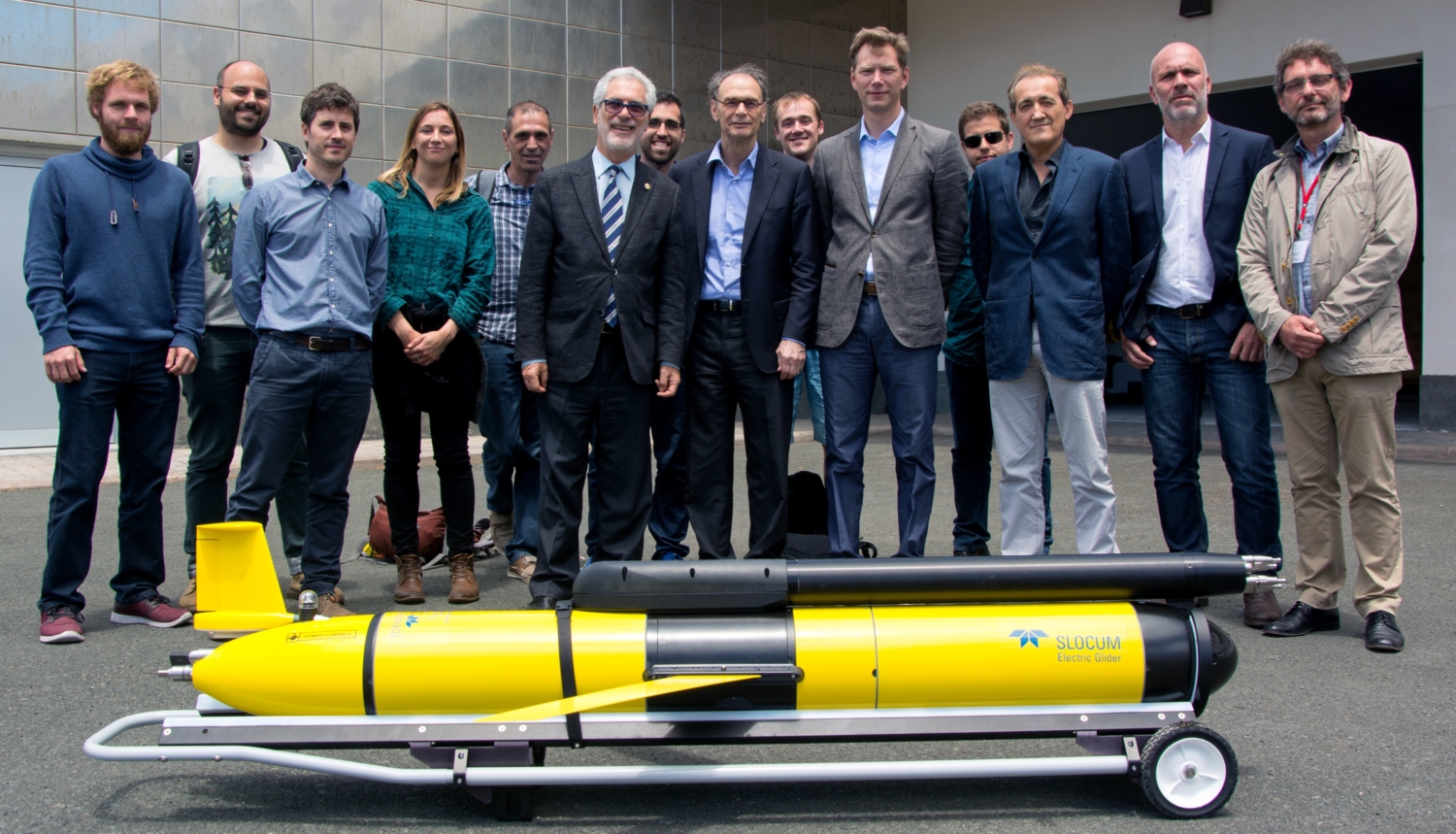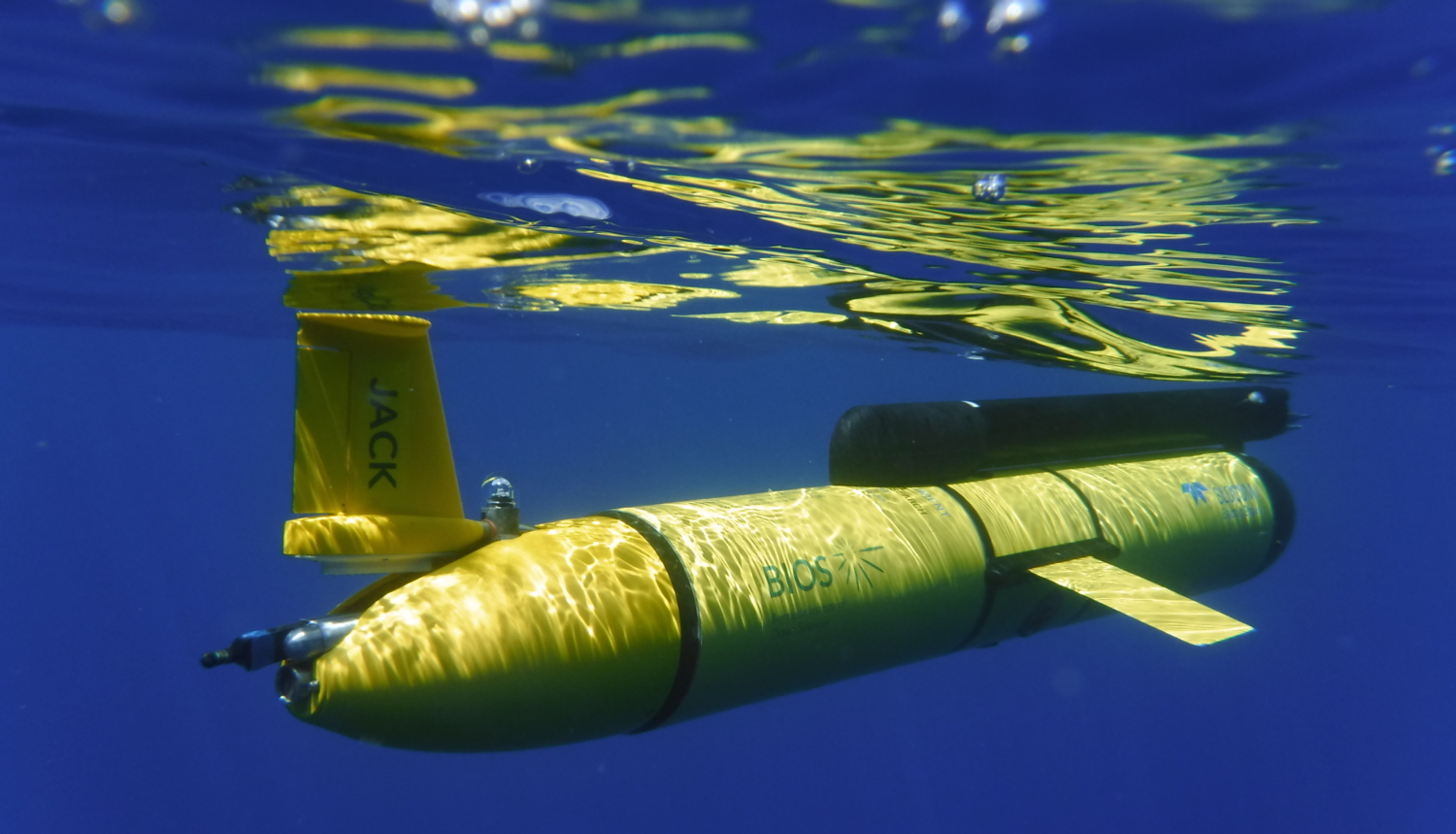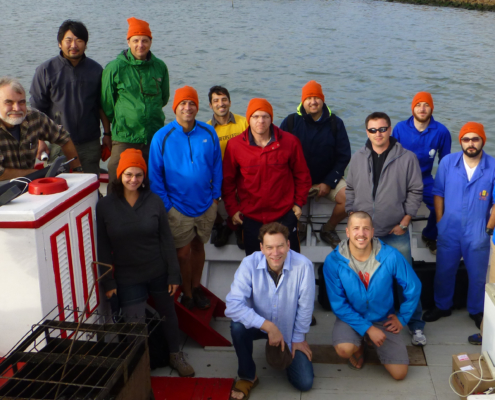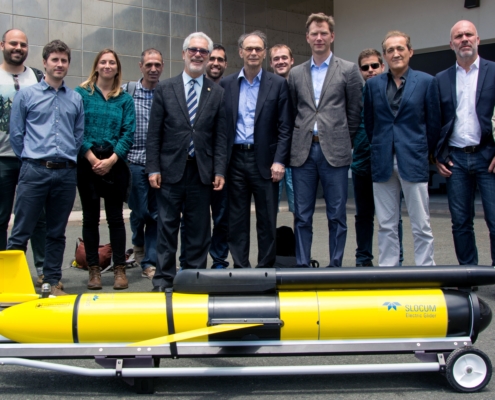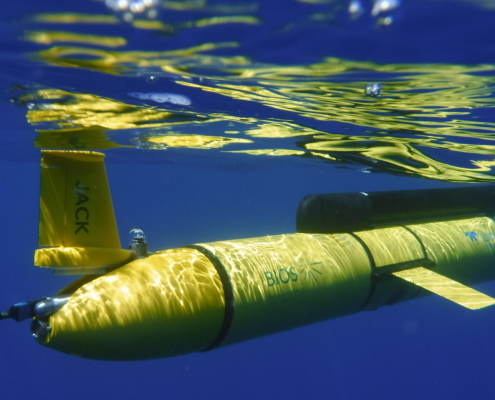Turbulence Education
The following turbulence education modules are typically offered as part of a 5 day workshop including Technical Instrument Training. Some or all of these modules may be presented depending on the goals of the workshop and interest of the participants.
Modules and Learning Goals
Fundamental Turbulence Theory
• Define turbulence
• Identify the Navier-Stokes equation
• Apply the Reynolds decomposition to the Navier-Stokes equation to derive mean and second order properties of turbulent flow
Ocean Turbulence Theory
• Apply dimensional analysis to derive length scales, such as buoyancy frequency, Ozmidov scale, Komogrov scale, and Batchelor scale
• Reduce the viscous dissipation of turbulent kinetic energy to a single term under isotropic conditions
• Describe the Osborn and the Osborn & Cox models
• Explain the Taylor Frozen Field hypothesis
• Identify, define, and describe the one-dimensional velocity spectrum, the shear spectrum, and the Nasmyth spectrum
Ocean Turbulence Measurement Techniques
• Identify key limitations of measuring fluxes in most regions of the ocean
• Explain why the velocity field is measured into the dissipation range
• Calculate the noise level required for deep ocean measurements
• Classify different operating environments, their average dissipation, and the corresponding length scale of eddies
• Recognize implicit and explicit profiling requirements
• Describe sampling noise
• Derive the error introduced by quantization of data during sampling
• Describe the concept of pre-emphasis
• Discuss the Goodman coherent noise removal technique
Other Techniques for Measuring Ocean Turbulence
• Examine the underlying assumptions of the Variance Difference Method using the ADCP
• Explain the pitfalls of the Variance Difference Method using the ACDP
• Describe the Structure Function Method technique using the ADCP
• Compare the advantages and disadvantages of using ADVs to measure turbulence
Special Topics
• Special topic units can be prepared by Rockland Staff upon request. For large group training, this unit may be provided by an invited Guest Researcher.
Announcement of Ocean Microstructure Glider (OMG) 2016 Training Program
VICTORIA, CANADA, April 18, 2016 – Rockland Scientific Inc. (Rockland), Teledyne Webb Research (TWR) and their Spanish partner, INNOVA oceanografía litoral, are pleased to announce the inaugural Ocean Microstructure Glider Training Program (OMG 2016), scheduled for May 10 – 13th, 2016 at the “Marine Technological Service” (SITMA) within the University of Las Palmas […]
https://rocklandscientific.com/wp-content/uploads/2016/02/Jeremy.jpg
1535
1785
Jeremy Hancyk
https://rocklandscientific.com/wp-content/uploads/2015/08/RSI-logo-horiz-300x138.png
Jeremy Hancyk2016-04-20 12:16:552019-01-30 11:09:11Announcement of Ocean Microstructure Glider (OMG) 2016 Training Program
